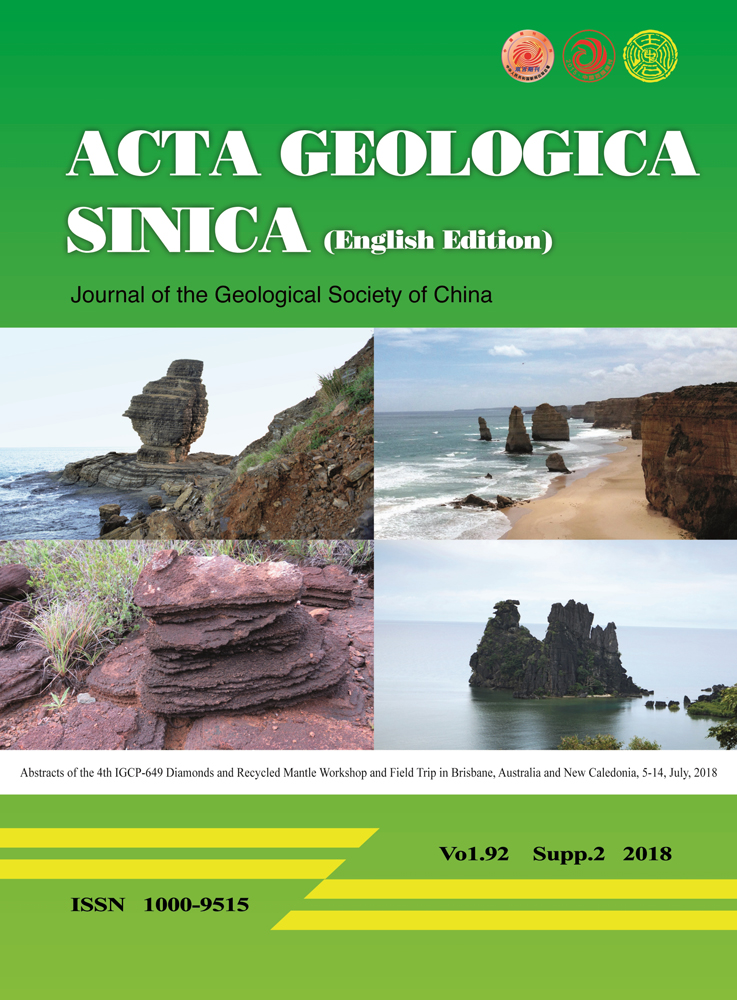Blueschist Facies Metamorphism and Its Evolution in the Yilan Area, Heilongjiang Province of China
Abstract
Blueschists in the Yilan area, Heilongjiang Province, are known as important parts of the Heilongjiang Complex. However, their metamorphic evolution history is still unclear. Petrographical, and mineral chemical investigations on the blueschists from the Yilan area are carried out in this study. P-T pseudosections are calculated in the system Na2O-CaO-K2O-MnO-FeO-MgO-Al2O3-SiO2-H2O-TiO2-O (Fe2O3) (NCKMnFMASHTO) with the PERPLE_X software for three blueschist samples. Peak metamorphic conditions are estimated to be 500-525°C, 1.14-1.2 GPa for garnet-barroisite schist (g-brs-wnc-act-phn-chl-ep-ab-stlp); 480°C, 1.4 GPa for chlorite-epidote glaucophane schist (gl-brs-wnc-act-chl-ep-stlp) and 450-500°C, 0.95-1.2 GPa for phengite-glaucophane schist (gl-wnc-phn-ab-ep-chl-sph), which indicate that they all underwent peak metamorphism in the limit epidote-blueschist facies conditions. Combined with the previously reported geochemical and geochronological data, the clockwise P-T paths of the blueschists are constructed. The formation of blueschists in the study area marks the young oceanic crust subduction, and represents the final closure of the Paleo-Asian Ocean and the beginning of the Paleo-Pacific tectonic system. The P-T pseudosection recorded the P-T increasing process before the metamorphic peak and that the maximum temperature was coincident with the maximum pressure in the process, which indicates that the epidote-blueschist facies conditions implemented in the process of subduction, rather than exhumation. The retrograde trajectory nearly coincidently retraced the prograde trajectory, which represents the similar geothermal gradient (11-14°C/km) in the subduction and the relatively slow exhumation process.




